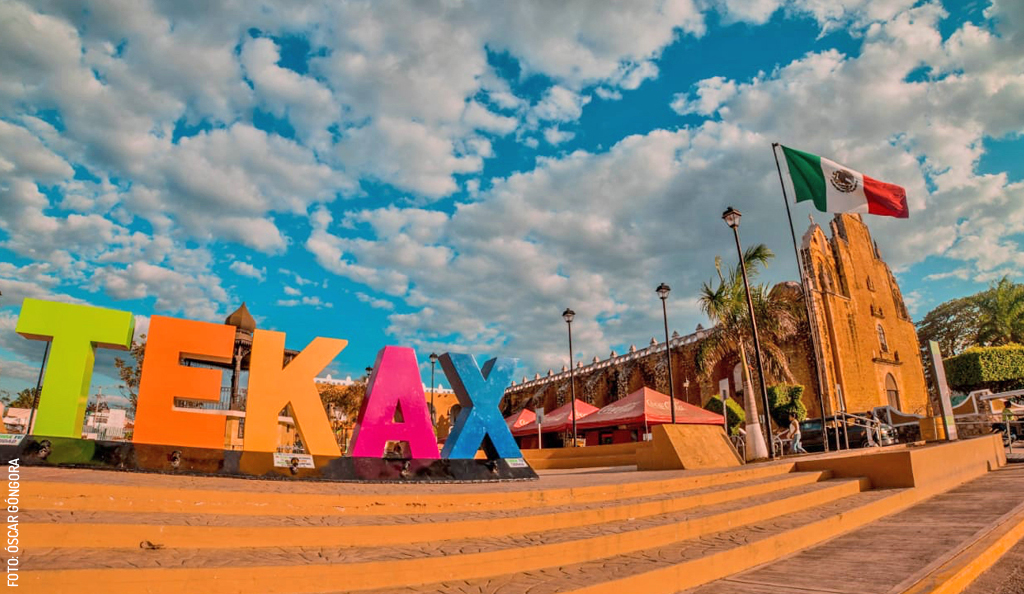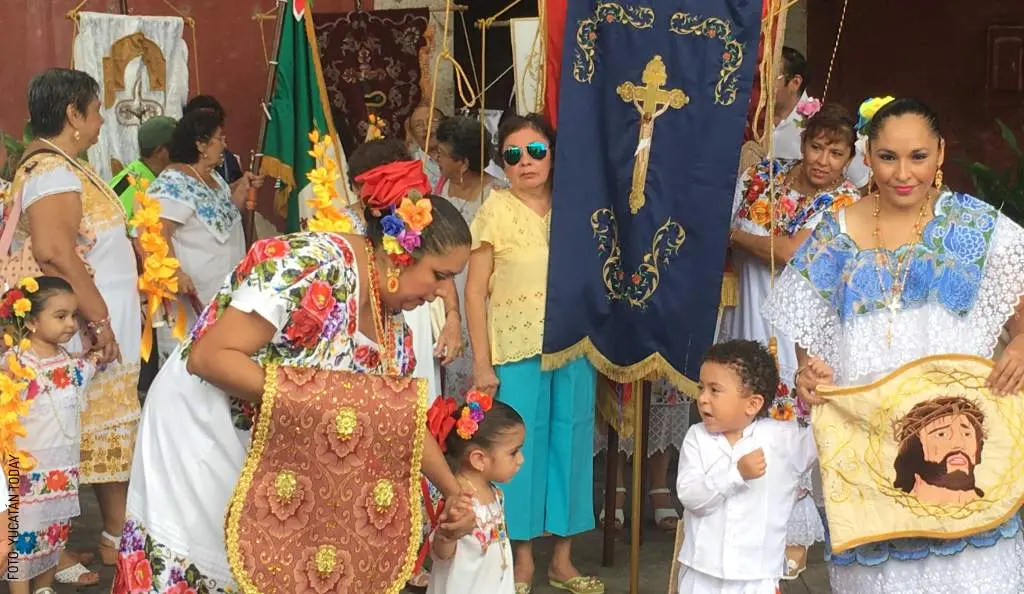
Everything you need to know about Gremios in Yucatán
Everything you need to know about Gremios in Yucatán
Throughout the year, several towns, villages and neighborhoods in Yucatán (Mérida included) carry out celebrations around a religious festivity. These have their origin in the European patron saint celebrations that gathered families as “Cofradías (brotherhoods),” brought to the Americas by the Spaniards. Cofradías became Gremios (Spanish for guilds), because in the Americas they gathered people in the same profession, and, in time, they became a very unique set of practices.
What are Gremios or guilds in Yucatán?
Gremios (Spanish for guilds) in the communities of Yucatán are currently understood as groups of people who come together and organize around a common purpose, such as a trade, profession, social status, or age range, with a shared objective. According to anthropologist Hilaria Máas Collí (2003), guilds help strengthen identity and belonging among the Catholic community, while also passing down moral values to their children. The main aim is always to bring the community together, as guilds gather and plan events around the community's patron saint. For context, most villages, cities, and neighborhoods in Yucatán have a patron saint.
Patron saint celebrations in Yucatán: Fiestas Patronales or Gremiales
In Yucatán, Gremios are tied to traditional festivals held in honor of a saint, involving a group of people who share the same economic or cultural activities and start planning months in advance, strengthening their devotion to the patron saint.
Thus, you’ll find guilds of farmers (although less common now due to changes in their practices), bakers, cattle breeders, children, young women, musicians, shoemakers, and more. The region's economic context greatly influences how these guilds form.
Yucatecan Gremios over time
Social changes within communities have gradually modified customs and traditions in the organization of Gremios, occurring both internally within the social organization and culturally. On the other hand, there is a desire to recover Gremios that have been lost over time, either because the organizers are no longer present or declining enthusiasm for the effort, expense, and time required. At the same time, new guilds continue to emerge.
What do Gremios do during patronal festivals?
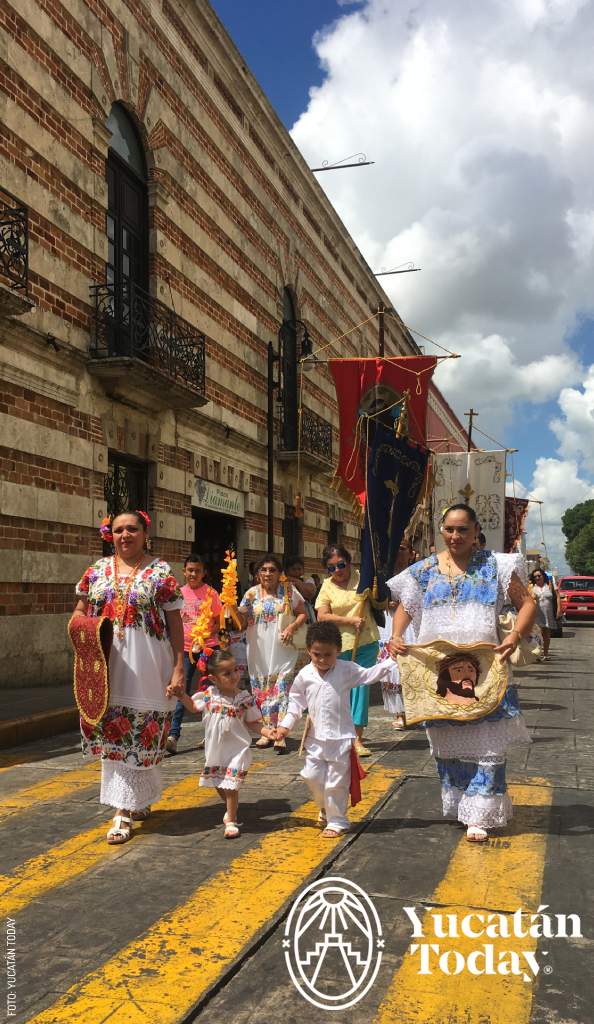 Activities organized by Gremios include novenas, prayers, church decorations, floral arrangements, banners, dressing up the patron saint, pavilions or banners (often embroidered with the guild's name), candles adorned with Loolo'ob flowers, dances, and fireworks used to announce the procession of Gremios; festivities also feature dancing and music by the Charanga band.
Activities organized by Gremios include novenas, prayers, church decorations, floral arrangements, banners, dressing up the patron saint, pavilions or banners (often embroidered with the guild's name), candles adorned with Loolo'ob flowers, dances, and fireworks used to announce the procession of Gremios; festivities also feature dancing and music by the Charanga band.
Normally all this takes place in the main plaza or sports field in the town or city. As per tradition, some food and games stands are installed. These celebrations are so important that almost everyone in the smaller towns participates. After the guild visits the home of the organizing members, it's a tradition to share Tacos de Cochinita, Relleno, or other dishes with attendees, depending on what the organizers can provide, along with traditional Horchata. This gesture is a way to show solidarity and appreciation for everyone participating in the guild.
Gremios are rich in symbols, but for these symbols to acquire meaning, they require appropriation by the community and the establishment of their significance and communication, enabling them to be replicated and used.
The guilds of Jarana dancers in Yucatán
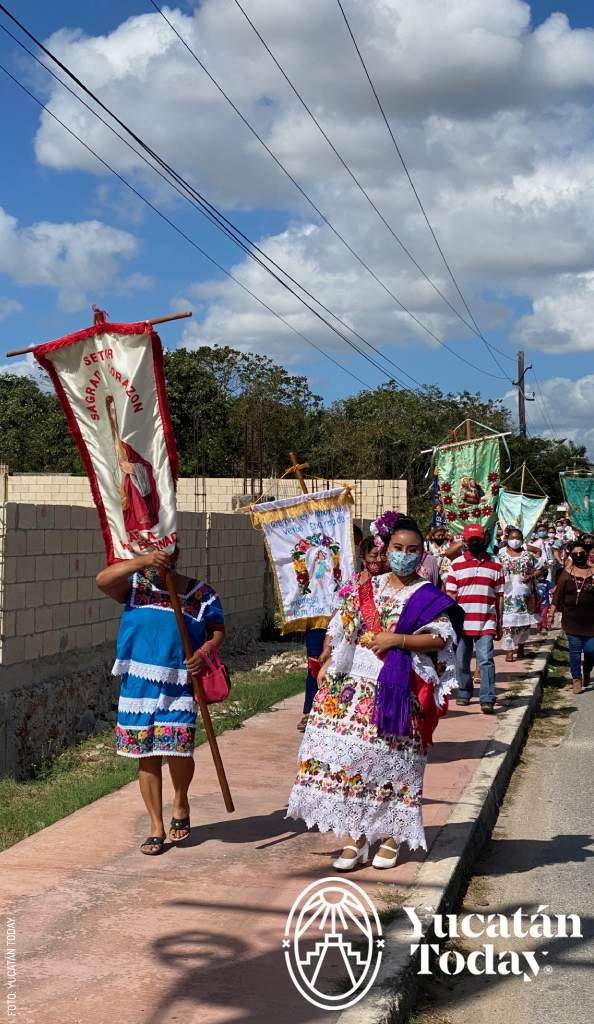 The Jarana dancer Gremios are a testament to the vitality of these organizational forms within communities today. In Yucatán, the traditional Jarana dance is one of the cultural expressions that most identifies with Yucatecos, hence it was declared a cultural heritage of Yucatán in March 2016.
The Jarana dancer Gremios are a testament to the vitality of these organizational forms within communities today. In Yucatán, the traditional Jarana dance is one of the cultural expressions that most identifies with Yucatecos, hence it was declared a cultural heritage of Yucatán in March 2016.
The Jarana dancer Gremios, like others, come together to show respect and gratitude towards elements of Catholic worship (for example, the patron saint), as well as to request blessings. However, Jarana dancers also keeping Jarana alive as a cultural expression and heritage of Yucatán.
This organization of Jarana dancer groups unites its members through their love and passion for Jarana. Members participate adorned in traditional attire: women wear festive colors, and men wear white suits with brightly colored huaraches.
During procession days, the guilds parade through the town streets with banners, candles, and fireworks. The Charanga music plays pieces like "Angaripola" and other musical compositions, which are danced along the route by people of all ages, from children and youth to elderly adults. The intention is to encourage more young people to join these Gremios, practicing and continuing the tradition of this traditional dance.
It goes without saying that during the Vaquería celebrated on the first day of the fair, members of these guilds showcase their skills; with their dances, costumes, and attitude, they enhance the traditional Vaquerías of their respective localities.
The Jarana dancer guilds in Yucatán are relatively new compared to others (the oldest may be about 10 years old), but they are also increasingly numerous, serving as a way for young Maya people to reclaim and proudly embrace their identity.
To see some of the Jarana dancer guilds of Yucatán, plan a visit to their community around their traditional festival days. Each locality usually publishes the list or schedule of Gremios on Facebook in advance; each day, a different Gremio is in charge of the procession.
Some guilds of Jarana dancers in Yucatán
- Hunucmá: Guild of jarana dancers (January)
- Tecoh: Gardenia Society of Tecoh, in honor of the Virgin of Candelaria (January)
- Kinchil: Guild of Jarana dancers and devotees "La Cerrada," in honor of the Holy Christ of Love (May)
- Kancabdzonot, in Yaxcaba: Guild of mestizas and mestizos in honor of the Holy Green Cross (May)
- Sotuta: Guild of Jarana dancers "Caminantes de Natividad" (May)
- Mérida (Colonia Castilla Cámara): Guild of young people and Jarana dancers in honor of the Holy Trinity (May)
- Tekit: Guild of Jarana dancers and mestizas "La Inmaculada Concepción" (June)
- Maxcanú: Guild of mestizos in honor of Saint Michael the Archangel (September)
- Sacalum: Guild of Jarana dancers (October)
- Tekax: Guild of Jarana dancers and mestizos (June)
- Yaxcabá: Guild of Jarana dancers in honor of Saint Francis (October)
- Acanceh: Guild of mestizos and Jarana dancers, in honor of the Virgin of Guadalupe (November)
- Mérida (San Cristóbal):Guild of mestizos and Jarana dancers "La Bajada" of the Sanctuary of Our Lady of Guadalupe (November)
By Ely Chavarrea and Violeta H. Cantarrell.
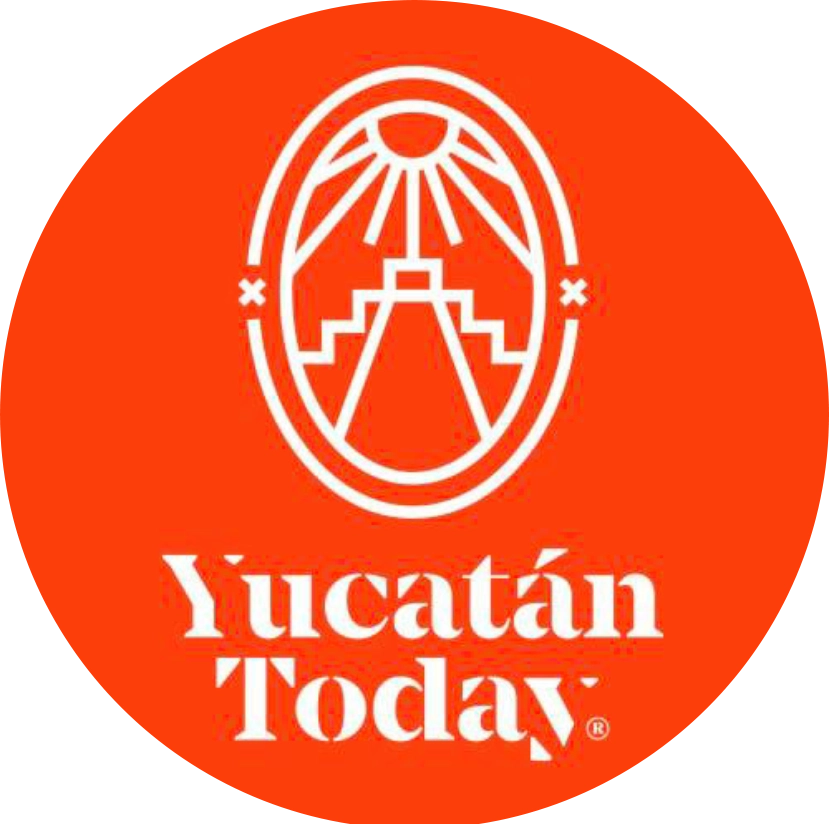
Author: Yucatán Today
Yucatán Today, the traveler's companion, has been covering Yucatán’s destinations, culture, gastronomy, and things to do for 37 years. Available in English and Spanish, it’s been featured in countless travel guides due to the quality of its content.
In love with Yucatán? Get the best of Yucatán Today delivered to your inbox.
Related articles
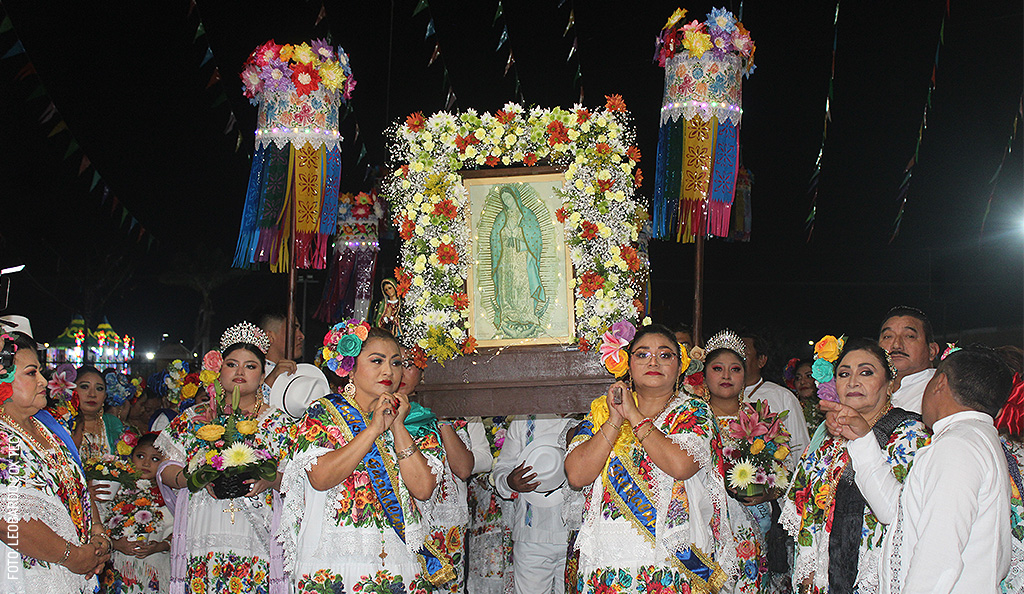
The Acanceh Fiesta: The Longest Celebration on the Yucatán Peninsula
Experience the longest festival in Yucatán in Acanceh. More than 40 days of gremios (guilds), vaquerías (traditional dances), parades, fireworks, and...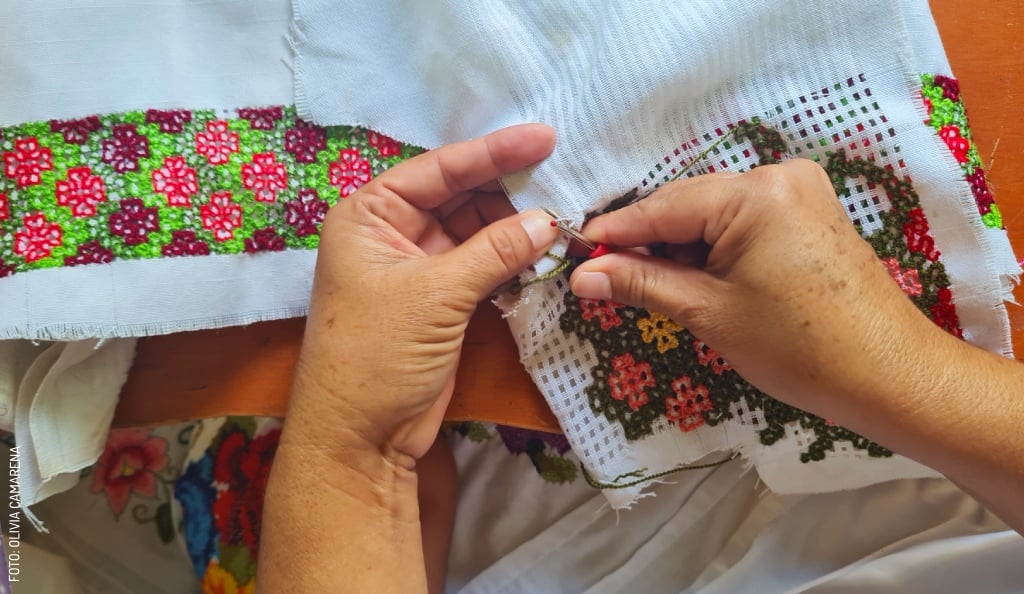
Yucatecan Embroidery: Heritage and Maya Identity
The beautiful heritage of embroidery: techniques, stories, and craftsmanship throughout the whole state. An special article from UNESCO to Yucatán.